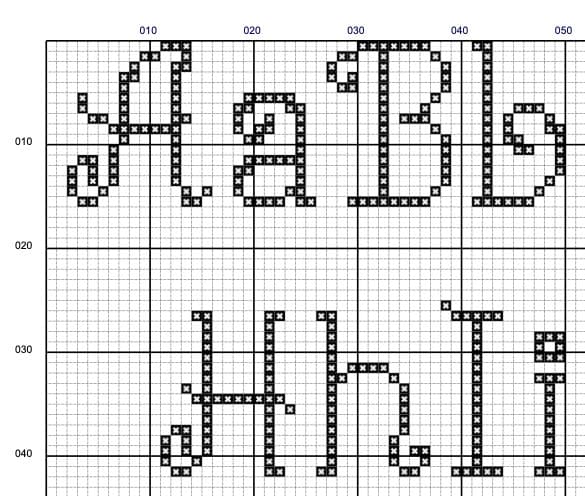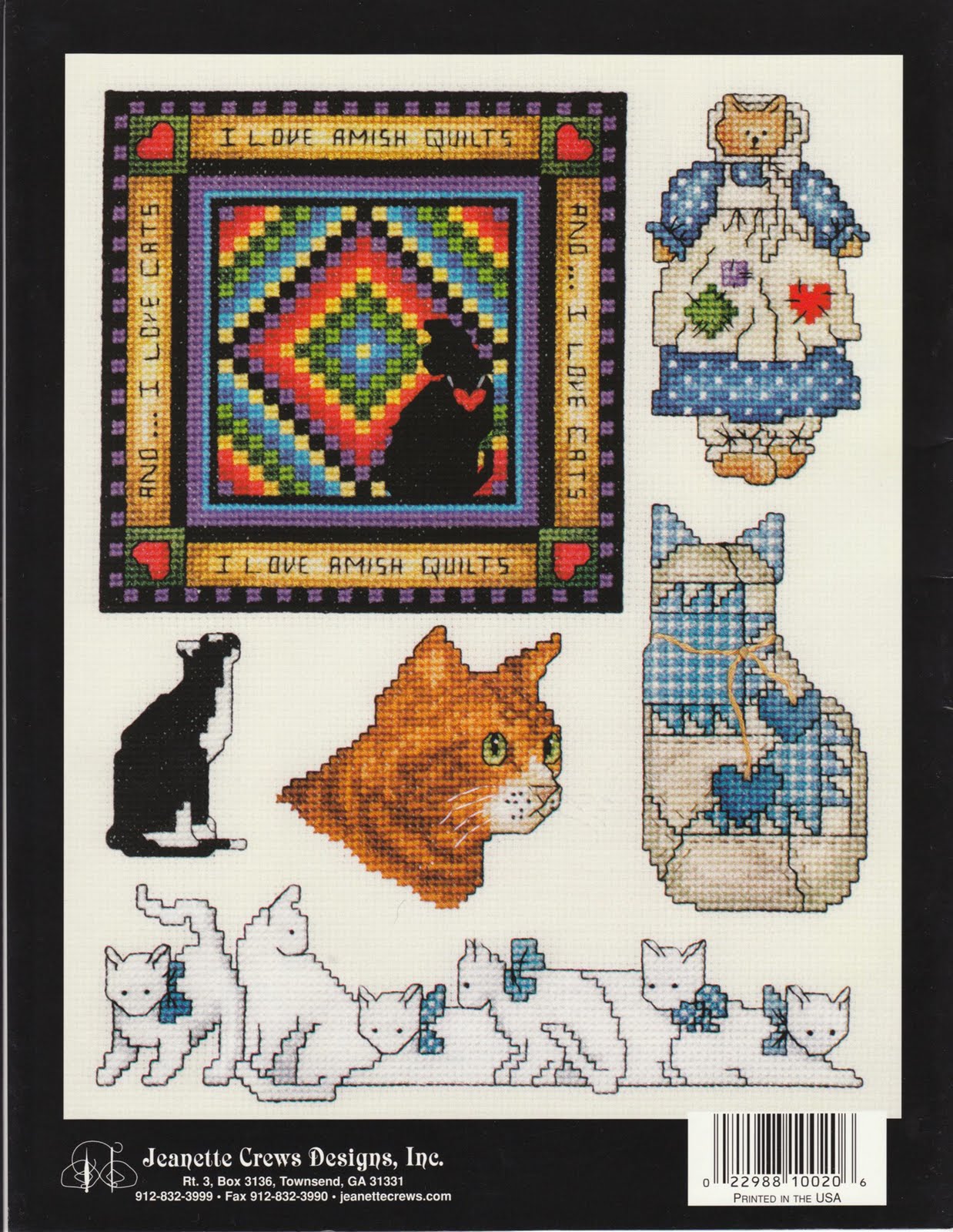

I recommend adding or removing just one or two rows of height in the legs/feet first, and then the torso area if need be.
#I curly stitches a cross stitch designer how to#
Here’s how to fix it: To add or remove HEIGHT: Let’s say you’ve chosen your dog shape but you feel it’s a little too big or small. My Scruffy really comes up to my knee, and not the top of my leg like it shows in the portrait.” They’ll be saying “OH MY GOSH YOU PUT SCRUFFY IN THE PORTRAIT AND HE LOOKS PERFECT, LOOK AT HIS EARS AND HIS WHITE SPOTS AND HIS RED COLLAR OH MY GOSH!!!!!” I PROMISE the recipient of your Stitch People portrait won’t be looking at it thinking “Oh darn. If you have two dogs, all that matters is that they look “small,” “medium,” or “large” in comparison to the people in the portrait, AND in relation to the other dog in the portrait (if there is a size difference between them). Let me put it another way: if you have one dog, all that matters is that it looks “small,” “medium,” or “large” in comparison to the people in the portrait. Now – generally speaking, variations in size don’t matter.

If you’re seeking a true size, then a chihuahua or teacup poodle, for example, should only really be 1-3 stitches in size (the hands of Stitch People are really only 1 stitch, after all, and these little guys can fit into your hand in real life!)īut then it’d be impossible to really see the dog, or any detailing on them! So we exaggerate a little bit in our designs. Things aren’t going to be 100% true to size.

Look for specific elements and match them as needed: ear shape, barrel chest or straight chest, leg height, etc.įirst, remember that Stitch People portraits are cartoon-ified versions of real people and pets. If nothing else, this is a good way to get your creativity flowing. Hear me out. Maybe use the body shape of one dog, the head of another, and the ears of another if you’re not finding a shape that’s just right. Use that shape as the foundation for your dog pattern.Īnother idea: using the patterns from the DIY Stitch People book, you can even mix-and-match body parts. So, when looking at the available patterns, choose one that LOOKS most like your dog, even if the name of the breed doesn’t match your dog’s breed. (And, generally speaking, size variation actually doesn’t matter! More about that, later.) Most importantly – the various breed SHAPES are consistent. And even their size varies within 10-20 lbs. Shapeįor example, a shiba inu, carolina dog, koolie, berger picard, hollandaise herder, and sulimov all originate from different continents. And while I’m going to focus on dogs for this post, the same principles apply to cats, horses, and other beloved pets. That’s why I want to teach you to design your own dog for your Stitch People portraits. That said, many dogs are the same basic shape and size. That’s about 300 breeds short of being all-inclusive. The DIY Stitch People book and extras page includes over 40 dog breeds. It is close to impossible to generate a specific pattern for every dog breed, and every color variation of every dog breed.

The list is never-ending and, frankly, overwhelming. Nowadays you can combine pieces of dog breeds and generate new breeds: peek-a-poo, labradoodle, chi-york-a-spaniel. That’s because there are close to 340 recognized dog breeds in the world! And that’s just purebreds. Have you ever heard the expression “give a man a fish, feed him for a day teach a man to fish, feed him for a lifetime?” That phrase is going to be the theme of this blog post.


 0 kommentar(er)
0 kommentar(er)
